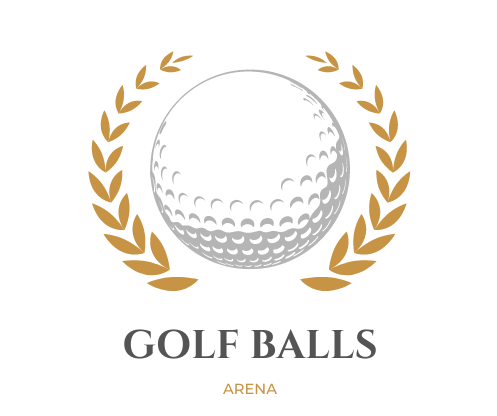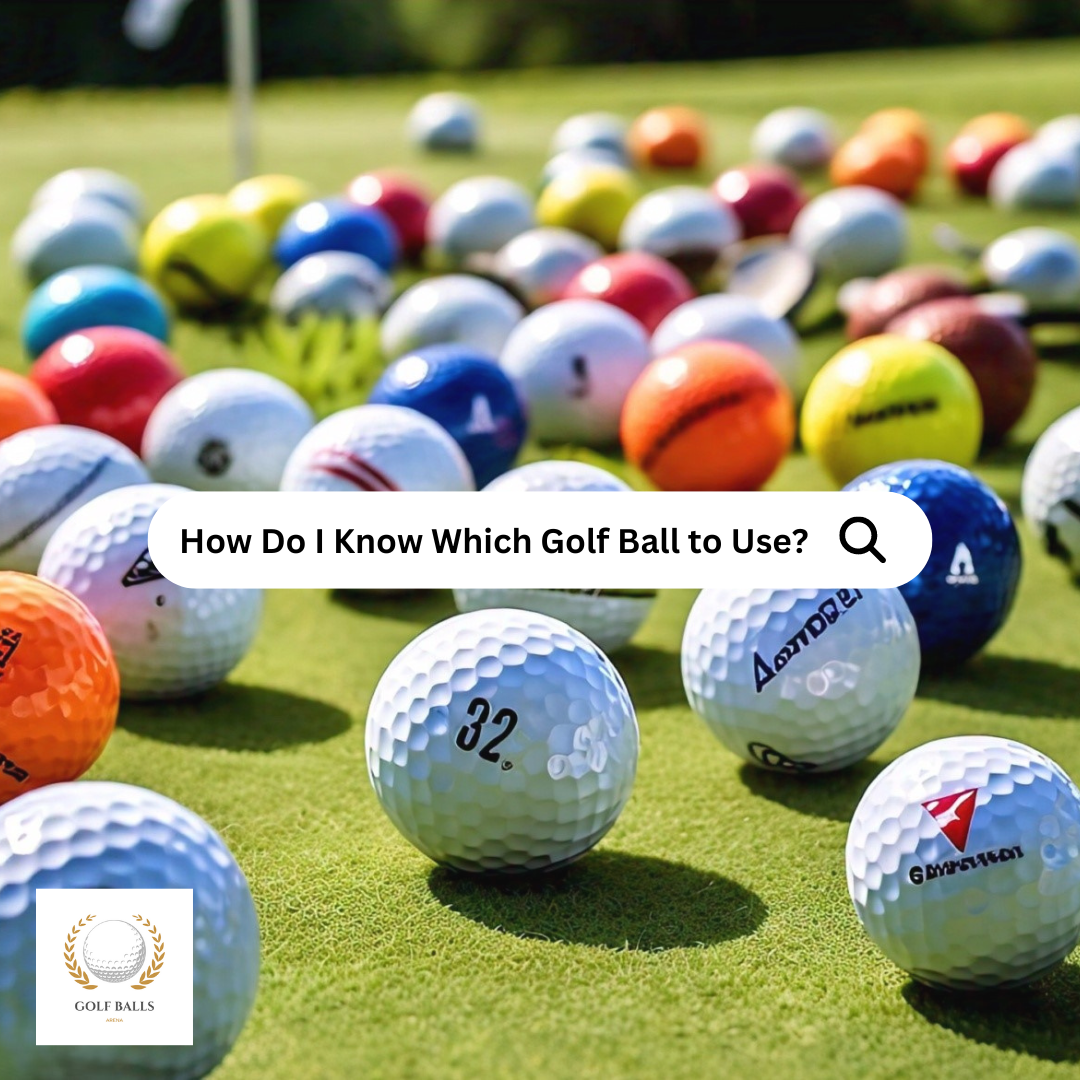How Do I Know Which Golf Ball to Use? A Complete Guide for Every Golfer
Choosing the best golf ball is essential for every type of golfer who wants maximum performance on the course. However, it isn’t obvious how to decide when so many options are available in the market, and we don’t know which golf ball best suits your style, skill level, and goals. In this article, we’ll explore the key factors that can help you choose the perfect golf ball, like swing speed, control, distance, feel, and spin. Let’s delve into the essentials to simplify your decision.
Key Factors to Consider When Choosing a Golf Ball
Skill Level: Matching Your Golf Ball to Your Abilities
When golf balls are designed, they keep in mind that they are making them for particular skill level golfers. When a beginner or high handicapper chooses a ball, his priority is that this ball can give more distance or forgiveness, while more advanced players may prioritize control and spin. Here’s a breakdown:
Beginners and High Handicappers:
Look for two-piece golf balls that offer durability and extra distance. For example, balls that minimize side spin can help keep your shots straight even when your swing isn’t perfect.
Intermediate:
Switch to multi-layer balls that offer more control without sacrificing distance as your skill improves.
Advanced:
Low-handicap and professional players often prefer three—or four-piece balls, which provide increased spin and greater control over shot shaping and distance management.
Swing Speed: The Key to Finding Your Match
Swing speed is one of the most important factors when choosing a golf ball. Different golf balls are on the market, each optimized for a different swing speed, helping you achieve maximum distance and control.
Low Swing Speed (Less than 85 miles per hour): If you turn slower, opt for a softer, low-compression ball. These can help you strike the balls further and spin less.
Medium Swing Speed (85-104 miles per hour): If your turn remains in the center, try to find a ball that offers a great mix of range and control.
High Swing Speed (Over 105 miles per hour): If you turn quickly, you’ll require a high-compression ball. These provide much more control and less spin.
Desired Ball Flight and Performance Goals
Distance:
Choose Two-piece golf balls if you want distance on the course. These balls have a firm outer layer that maximizes the energy transfer from the club, allowing for longer drives.
Control:
We prefer that most golfers use golf balls with more layers (three-piece or four-piece) for better control. These balls provide more spin, allowing for precision shots.
Spin:
If you are a senior golfer, spin is essential to control how the ball behaves when it hits the green. High-spin balls, typically multi-layered, offer better stopping power on the green.
Feel:
The feel is subjective, but many golfers prefer softer balls to connect better with the clubface. Softer golf balls also provide more control around the greens, though they may sacrifice some distance.
Understanding Golf Ball Compression, Construction, and Layers
Compression
Golf ball compression measures how much the ball compresses when struck. Lower compression balls are softer and more compressible, making them ideal for players with slower swing speeds. Higher compression balls are firmer and suit faster swing speeds, allowing for more control and consistency.
- Low Compression (60-80): Provides more distance for slow swingers.
- Mid Compression (80-100): Balanced for average swing speeds.
- High Compression (100+): Best for fast swing speeds and players who value control.
Construction (Two-Piece vs. Multi-Layered)
Two-Piece Balls: These are simpler and consist of a core and a cover. They offer more distance, durability, and affordability, making them great for beginners and casual players.
Three-Piece and Four-Piece Balls: These balls have additional layers between the core and the cover, which provide better spin control and feel. They are ideal for experienced players seeking precision and versatility.
Matching the Ball to Your Specific Needs
For Beginners:
Consider a ball like the Titleist Velocity or Callaway Supersoft. These low-compression, two-piece balls are designed for distance and forgiveness.
For Seniors or Players with Slower Swing Speeds,
The Srixon Soft Feel or Bridgestone e6 are excellent options. These balls compress easily and are tailored for slow swing speeds while maximizing distance.
For Low Handicappers
If you want maximum spin and control, try Titleist Pro V1 or TaylorMade TP5. These multi-layered balls provide the power and feel that advanced players need around the greens.
Trial and Error: Testing to Find Your Ideal Ball
While the above factors can guide you toward choosing the right golf ball, it’s essential to test a few different types to find the one that feels best for your game. Head to the driving range or practice on the course to understand how different balls react to your swing and playstyle.
Start by testing different compression levels and layer constructions, focusing on how they perform in different areas:
- Off the tee: Does the ball provide enough distance?
- Around the greens: How much control do you have on approach shots?
- Putting: How does the ball feel off the putter’s face?
Once you find a ball that feels right across all areas of your game, stick with it to maintain consistency.
FAQS
Consider your turn rate, ability degree, and the everyday problems of the training courses you use. These elements can help you determine the golf balls that best match your game.
Your turn rate plays a significant function right here. Slower turn rates typically gain from softer golf balls for even more control, while much faster turn rates may favor more difficult balls for added range.
Only sometimes. While more expensive golf balls frequently offer innovative modern technology and efficiency, many budget-friendly alternatives can still produce excellent outcomes.
Hi, I'm Austin Grey. I've been passionate about golf since 2005, and over the years, I've immersed myself in every aspect of the game. With nearly two decades of experience, I've developed a deep expertise in one particular area: golf balls. I created this blog to share everything I've learned about golf balls with fellow enthusiasts like you. Here, you'll find detailed reviews, insightful tips, and comprehensive guides to help you choose the perfect ball for your game. Whether you're just starting out or have been playing for years, I'm here to help you enhance your golf experience, one ball at a time.

